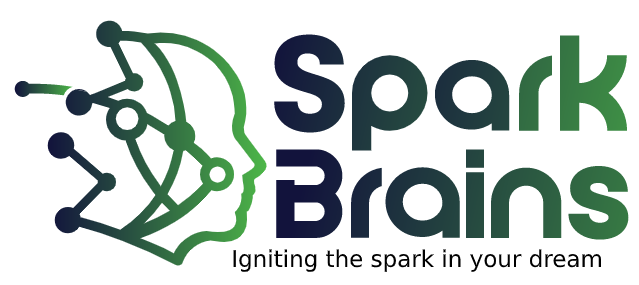Data Architecture
Designing Scalable and Efficient Data Solutions
Data Architecture is the framework that defines how data is collected, stored, organized, and used across an organization. It serves as a blueprint for managing data assets and ensuring they are accessible, reliable, and secure. A well-designed data architecture enables businesses to leverage their data effectively, supporting strategic decision-making and operational efficiency.
Foundational Pillars of Robust Data Architecture
A solid data architecture is crucial for efficient data organization, storage, and integration within an organization.
Key Features of Data Architecture
Data Models
Provide a structured framework for understanding and managing data relationships
Data Storage
Ensure secure and reliable storage and retrieval of vast amounts of data.
Data Integration
Enables seamless communication between different data sources for cohesive analysis.
Tailored Data Architecture
Solution

We provide customized data architecture solutions designed to meet the unique needs of your organization, ensuring optimal data management and integration.
- Customized Frameworks
- End-to-End Support
- Expert Guidance
Tools and Technologies for Effective Data Architecture
Our data architecture solutions leverage advanced tools and technologies to ensure efficient data management and integration.
DBMS
Manage and store data efficiently for applications.
Data Lakes
Retain substantial amounts of unprocessed data in its native format.
Data Virtualization
Provide a unified view of data from multiple sources without requiring physical data movement, allowing real-time access (e.g., Denodo, Cisco).
Data Warehousing
Centralize and analyse data from various sources.
API Management Platforms
Help manage APIs, ensuring secure and efficient access to data across different systems (e.g., Apigee, MuleSoft).
Metadata Repositories
Systems that store metadata about data assets, enhancing data discovery, governance, and management.
ETL Tools
Extract and prepare data for storage and analysis.
Data Modeling
Design and visualize data structures and relationships.
Data Federation
Solutions that enable the integration of data from disparate sources into a single, coherent view without physical consolidation.
